Olympic Competition Climbing: Explained
The new Olympic competition format offers numerous complexities each of which we describe in their scoring and description
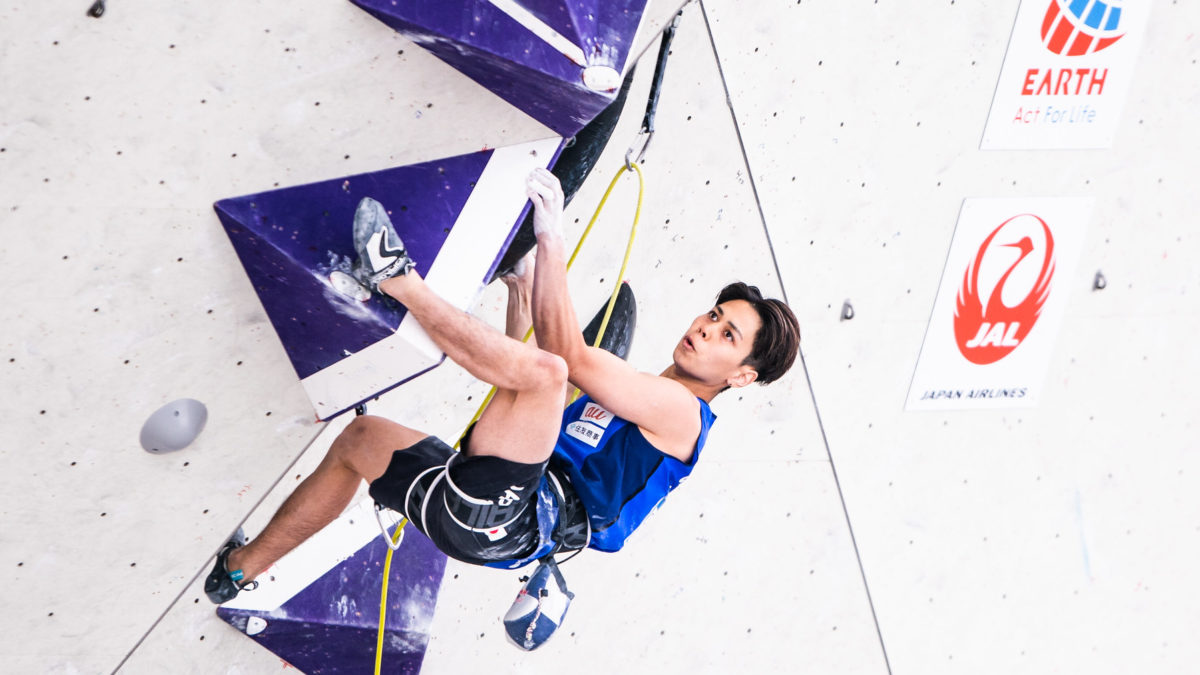 Photo by: Daniel Gajda of Kai Harada
Photo by: Daniel Gajda of Kai Harada
In 2019, Hachioji, Japan would see the first example of Sport Climbing’s Combined Olympic format. Since its inception, competitive climbing sought new methods for testing its athletes.

1986 saw the first indoor climbing competition in Vaulx-en-Velin, France. By 1988, the French Federation would move to convince the UIAA to officially recognize a competitive Sport Climbing circuit.
The original Lead and Speed events would gain traction in the unbelievably niche sport. Ten years later, Bouldering would join the World Cup Circuit. Over the next decade, competition climbing would become more popular.
In 2010, the IOC gave definitive recognition to the International Federation of Sport Climbing. The following year, climbing would find itself on the short list for the 2020 Olympic Games. By 2016, Sport Climbing would become an official addition to Tokyo’s newest events. This would change everything.
While many began to wonder what a post-Olympic world might look like for climbing, athletes became primarily concerned with the fact that they would have to train their weakest disciplines.
For the first time, climbers would compete in each of Sport Climbing’s three events, all within in a single competition. In the past, climbers would often specialize. This allowed for Speed, Lead, or Boulder focused athletes to perform near the peak of their ability.
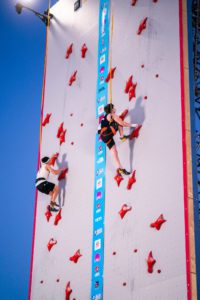
The Combined Olympic Format would force each athlete to train all three disciplines should they wish to be competitive. This controversial decision faced resistance from the climbing community as the problem-solving nature of Lead and Boulder do not reflect Speed’s format.
While Boulder and Lead do differ from each other, they feature more similarities than they do with Speed. Speed requires a specific sort of muscle memory and power-training that many climbers do not feel necessary for Lead or Boulder.
The Combined Olympic Format
Unlike the World Cup Circuit, the Combined Olympic Format features two rounds of competition. The first round will include all 40 athletes. 20 men and 20 women will compete each of the three disciplines. These athletes will climb first in Speed then in Boulder and conclude their Qualification round in Lead. The top eight competitors from this Qualification round will move on to Finals two days later. Finals will run in a similar order.
Athletes will make Finals based on their Combined score following the qualification event. Each athlete will first receive a ranking based on their performance in each individual discipline. These rankings will multiply together to create their combined score.

If a climber were to take sixth in Speed, first in Boulder, and third in Lead, their combined score would look like the following: 6 X 1 X 3 = 18. The athlete with the lowest combined score will rank in first position. The athlete with the highest combined score will rank in the lowest position. For this reason, winning, or almost winning, in a discipline will become necessary for any athlete hoping to make Finals.
Similarly, a low ranking, in any of the disciplines might prevent an athlete from making Finals. If someone were to score third in Boulder and third in Lead, but scored 17 in Speed, their combined score, 3 X 3 X 17 = 153, would make it difficult for them to qualify for the Final event.
To that effect, it becomes easy to see how a first-place position in any of these three disciplines could become helpful for an athlete’s combined ranking. As a result, most Olympic athletes have decided to focus on their strengths, while maintaining a smaller amount of focus on their weaknesses.
How does a climber perform well in each discipline?
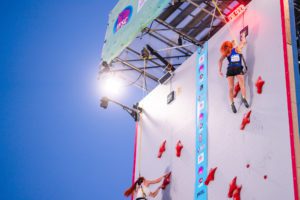
Speed
To begin, Speed Climbing revolves around a standardized 15-metre route. This route has not changed in years and asks the athlete to climb to the top as quickly as possible.
In the Olympic Qualification round, climbers will get two attempts to establish their personal best. Each climber’s fastest time will rank against the rest of the field. In the Qualification round, the fastest time will rank in first position.
Those moving to Finals will only be selected after this result is combined with the athlete’s Boulder and Lead Qualification results. Once the qualified competitors enter Finals, athletes will compete in head-to-head races. As eight athletes will compete in Finals, Speed will feature a Quarter-Final, a Semi-Final, and a Final to accommodate all necessary head-to-head races. All qualified athletes will then begin their Boulder Final.
Boulder
Bouldering is a ropeless discipline described primarily by a few dynamic, coordinated and difficult moves. Each line of holds is called boulder problem.
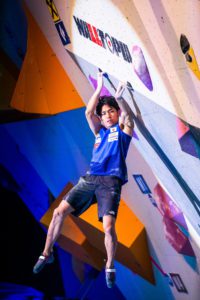
Athletes first see these problems moments before climbing them. In five minutes, they must solve the problem as quickly as they can and attempt to climb it to the top. The flashy discipline easily offers the most physically demanding movements of the Sport Climbing competition.
As they climb, the athletes aim to control the zone and the top. The zone is often a hold in the middle of the route that gives the climber a half point. Securing the final hold, or top, gives the climber a full point. If a climber has one top while another climber finishes the round with two zones, the climber with the top will rank higher than the climber with two zones. Although the both will have earned a single point, tops have greater value than zones in the event of a tie.
In the Qualification round, competitors will receive a hard-five-minute period in which they may try to climb the boulder. They have as many attempts as they would like to achieve the zone and the top. The climber will not earn any further points on a problem once their time expires.
If a tie forms between two athletes as a result of their achieving the same number of tops and the same number of zones, the number of attempts that they took to secure those tops and zones will then separate the athletes.
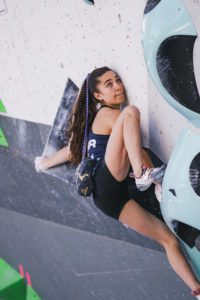
The climber with the most tops and zones in the fewest attempts will become the best ranked climber of that round.
The only differences between the Qualification and the Final rounds come in terms of time control and the number of boulder problems. Where athletes have a five-minute time limit in the Qualification round, climbers only have four minutes in Finals. Similarly, the Final will feature three boulders as opposed to the four in the Qualification round.
Lead
After bouldering, Lead will conclude both the Qualification and Final rounds. This roped discipline requires athletes to begin with their rope on the ground. As they climb, athletes clip carabiners called quickdraws. They must clip every quickdraw before moving beyond it.
As they climb, competitors receive a point for each hold they attain. The climber that moves the highest on the route will achieve the most points. A climber can achieve a half point, denoted by a (+), if they make a movement toward the next hold before they fall.

Each climber has six minutes to climb the route, and they all climb the same route. They each get the opportunity to preview the route before heading into isolation or “Iso”. The athletes wait for their turn in Iso based one when they qualified for the Games. Each competitor has six minutes to climb their route and will only receive points for those holds reached within that time period.
The amount of time it takes a climber to reach the top of the route only becomes significant if two athletes tie in both the Qualification round and the Final. Although the format of the Lead event remains the same between the Qualification and Final rounds, the set route does change between rounds.
Schedule
For the Men, the Qualification event will begin at 4:00 am EST on August 3. The Final event will begin on August 5 at 4:30 am EST. For the Women, the Qualification event will begin on August 4 at 4:00 am EST. The Final event will begin on August 6 at 4:30 am EST. You can learn more about how to watch the Games here.


